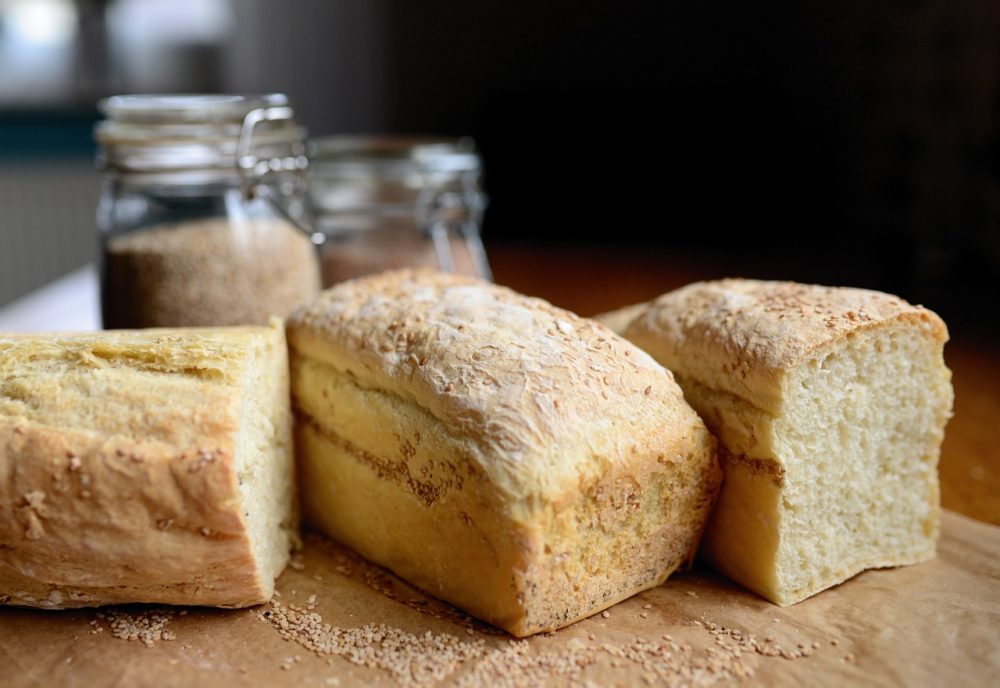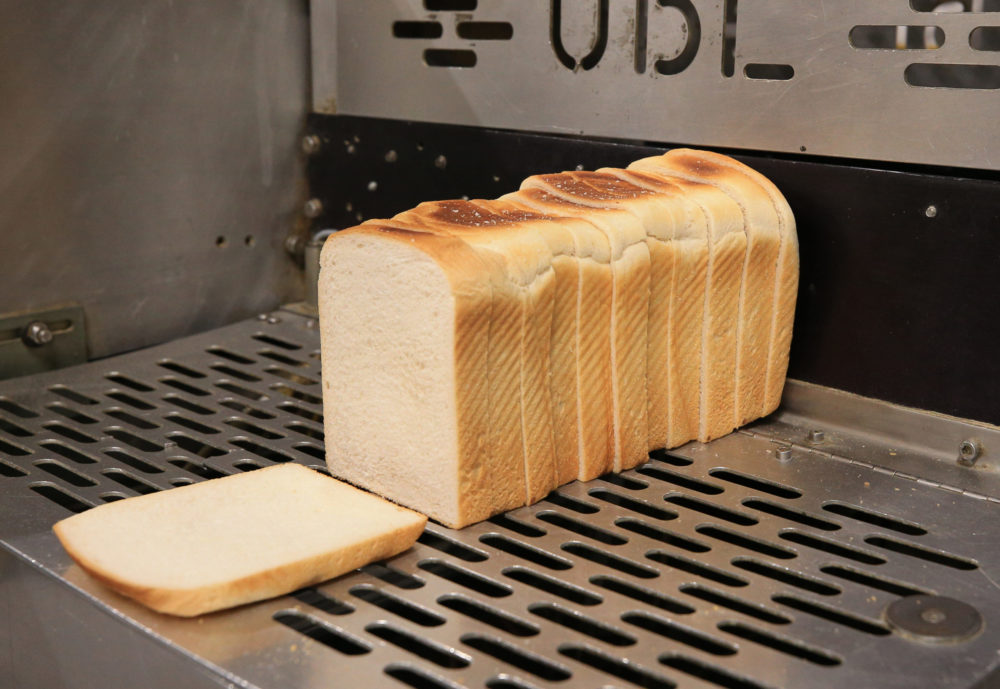Welsh scientists are turning waste bread crusts into nutritious food with ancient Asian fermentation

Juan Felipe Sandoval Rueda, PhD Candidate in Alternative Proteins at the Institute of Biological, Environmental and Rural Sciences, Aberystwyth University
David Bryant, Senior Research Fellow & Synthetic Biologist, Aberystwyth University
Do you find yourself tossing away the crusts of your bread? You’re not alone, but the scale of bread waste is staggering. Around 10% of the 185 million tonnes of bread baked worldwide each year is wasted. While some of this waste occurs at home, much of it comes from supermarkets and commercial bakers.
Although much of this surplus bread is still safe to eat, it cannot be sold and often ends up in the bin. But our recent research suggests these crusts could be turned into new kinds of foods, by using fungal fermentation. This is a method used to produce traditional Asian foods for millennia.
Wheat is one of the world’s most consumed crops, accounting for 20% of the calories and proteins in our diets. It’s a vital ingredient in staple foods like bread, cakes, biscuits, cookies and crackers. According to the Food and Agriculture Organisation of the United Nations, about 760 million tonnes of wheat flour are produced globally each year, much of which is used to bake bread.
However, the environmental impact of bread production is enormous, especially wheat farming. A 2017 University of Sheffield study found that wheat farming, particularly the use of fertilisers, is responsible for roughly 40% of the greenhouse gas emissions associated with bread production. Adding to this, the waste from uneaten bread exacerbates the problem, creating a significant environmental burden.
Transforming bread waste with fungi
Our study uses solid-state fermentation, which is a process widely used in Asia to create plant-based proteins like tempeh and oncom from surplus legumes, beans and cereals. In a novel twist, we are fermenting bread crusts alongside grass protein, traditionally used for livestock feed. Grass protein is rich in nutrients, making it an ideal complement to bread waste in this innovative fermentation process.
The result is a vegetarian alternative protein that enhances the nutritional value of surplus bread while being environmentally friendly. This discovery offers a sustainable way to transform bread waste into a valuable food source, addressing both food waste and food security challenges.
With the global population expected to reach 9.7 billion by 2050 and 11.2 billion by 2100, innovative approaches like this will be essential to feeding more people using the same or even fewer agricultural resources.
Our fermentation process has the potential to significantly reduce the waste sent to landfills and lower greenhouse gas emissions. By keeping surplus bread and non-conventional plant protein in the food chain, it supports a circular economy, which is an economic system designed to minimise waste and make the most of resources..
For comparison, between 150 and 200kg of meat protein can be produced from one hectare of pasture. In contrast, the same amount of land can yield from 1.8 to 3 tonnes of protein from forage crops like alfalfa, which are used to feed cattle and sheep. This highlights the efficiency and environmental benefits of alternative protein production.

We are now working on scaling up this process to make it viable for commercial use. Collaborating with industry partners, we’re aiming to create large-scale facilities capable of handling the vast amounts of bread waste produced. Further research of ours will focus on ensuring the process is cost effective as well as refining the taste, smell and texture of the final products to meet consumer preferences.
In the long run, this innovative approach could play an important role in enhancing global food security and sustainability. By turning bread waste into a nutritious food source, our study not only tackles a major environmental issue but also paves the way for a more sustainable future.
Our research demonstrates how fermentation can unlock the hidden potential of food waste. Our method could revolutionise the way we think about surplus bread. So, the next time you see a loaf of bread going stale, remember, it may just be part of the future of food.
This article was first published on The Conversation
![]()
Support our Nation today
For the price of a cup of coffee a month you can help us create an independent, not-for-profit, national news service for the people of Wales, by the people of Wales.





so good to read about research that can contribute to a circular economy
Sounds like a good idea in principle. The key thing that isn’t mentioned, though, is this: does it taste good? If it doesn’t, it won’t take off, no matter how nutritious and environmentally friendly it is
There is little ‘good bread’ available, however Dolgellau, Porthmadog and Blaenau are very lucky…
There is a ‘bird feeder’ in Blaenau who should be in the Guinness Book of Records for his efforts…
Same as my old ‘film fan’ pal of Dolgellau…